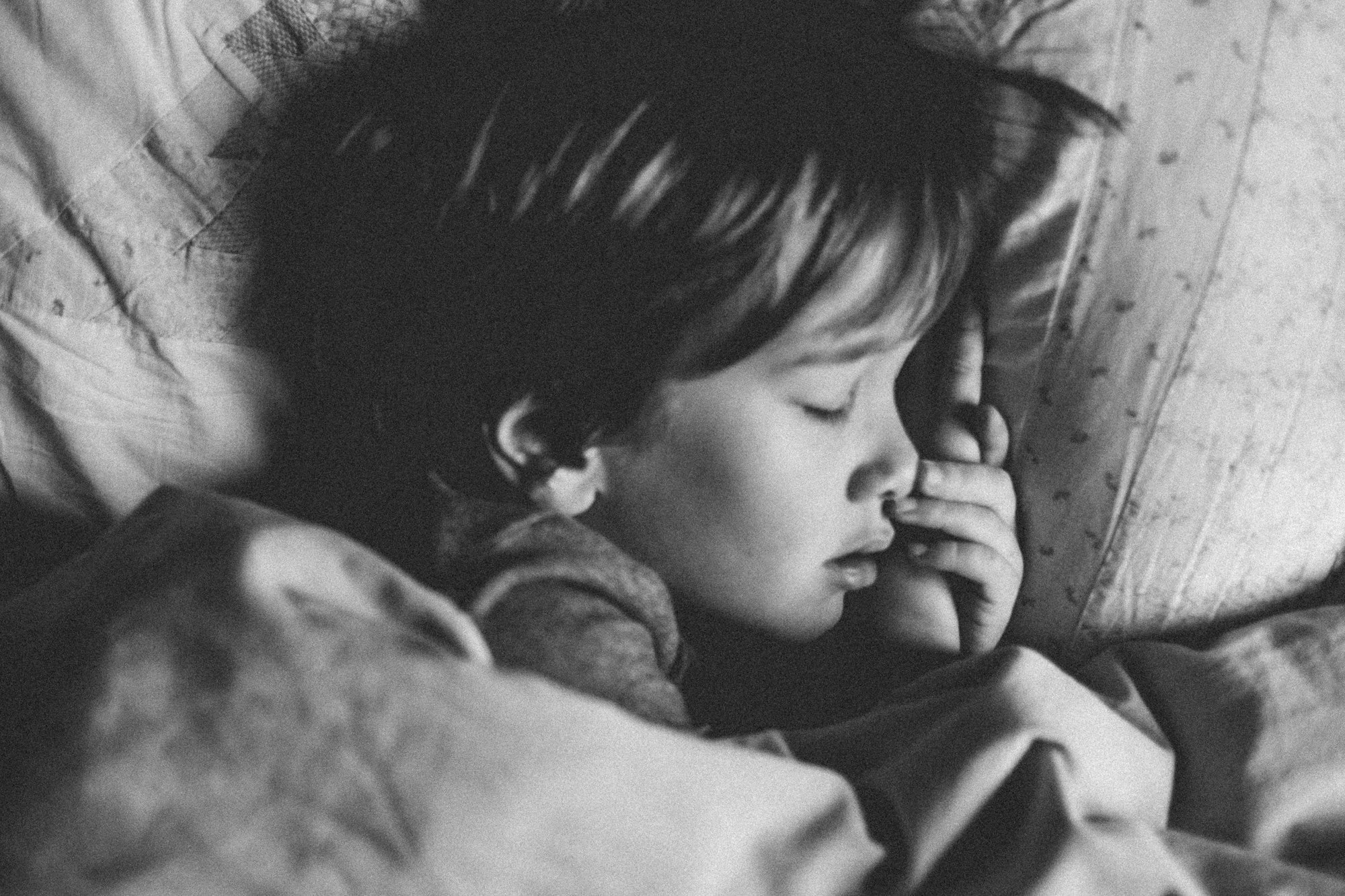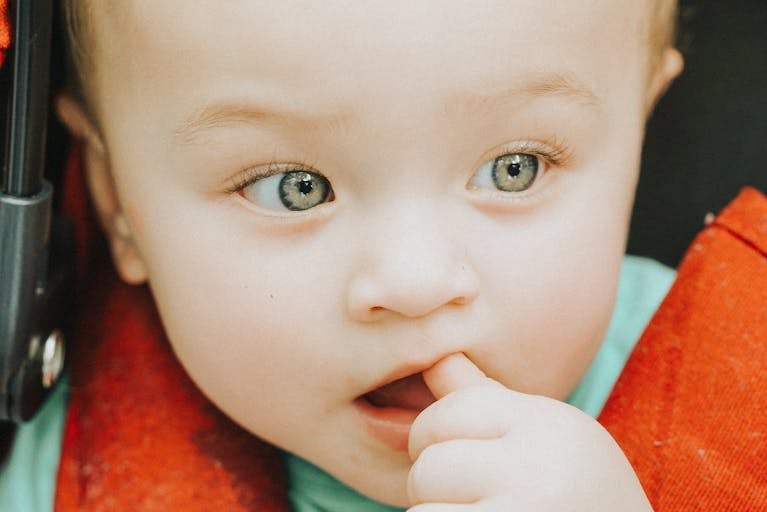Caught between the blizzard of tissues and the incessant chorus of sniffles, many parents face the recurring question: why does my child always have a runny nose? Daily routines are shaped by blocked noses, interrupted sleep, and worries over what’s lurking behind that stream of mucus. The runny nose in children is almost a hallmark of growing up—ubiquitous, sometimes perplexing, and occasionally alarming. Yet, behind this everyday symptom lies a mesh of science, emotion, and practical know-how. From daycares echoing with sneezes to anxious nights spent checking temperatures and breathing patterns, the experience is universal. What does it mean if the mucus turns green? Should you be alarmed by noisy breathing? When is it simply another cold, and when does it signal something needing swift attention? This exploration will untangle the origins—viral, allergic, environmental, and even anatomical—of a runny nose in children. Expect a thorough journey, peppered with medical explanations, actionable home care guidance, common myths debunked,and a strong focus on empowering you, the parent, to respond confidently.
Understanding the runny nose in children
What does “runny nose” actually mean?
A runny nose in children—technically called rhinorrhea—describes an oversupply of mucus, constantly leaking from the nostrils or pooling at the back of the throat. While adults can usually manage the inconvenience with a few wipes, children face specific hurdles: their nasal passages are both narrow and short, more vulnerable to swift blockages. Mucus itself plays a defensive role, capturing pathogens, allergens, and irritants before they invade deeper respiratory structures. Imagine mucus as nature’s sticky shield; when an invader slips in, the body amplifies mucus production, sometimes dramatically so.
Why runny noses dominate childhood
Ever noticed how nurseries and playgrounds seem to foster a continuous relay of runny noses? That’s no accident. Children’s immune systems are in a perpetual training camp, learning to distinguish harmless particles from genuine threats. This “immunological rehearsal” means more frequent encounters with viruses—rhinovirus, respiratory syncytial virus (RSV), and influenza are just the headliners—as well as environmental allergens (think pollen, dust mites, pet dander). Add in close-contact play, shared toys, and limited hygienic vigilance, and the stage is set for recurring cycles of minor infection.
Anatomy and physiological quirks
Children’s noses boast a unique architecture: smaller airways, prominent adenoids, and relatively larger tonsils. These anatomical features, while perfectly adapted for the developing age, paradoxically boost susceptibility to congestion. When their nasal mucosa—a thin, sensitive lining—detects any hint of infection or allergen, its response is exaggerated compared to adults, unleashing torrents of mucus. During sleep or feeding, these blockages can magnify, leading to disturbed nights and mealtime struggles.
Main causes behind a runny nose in children
Viral infections: the usual suspects
On any given day, a runny nose in children is most often provoked by viral pathogens. Standard culprits—rhinovirus, RSV, and influenza—cause an increase in watery, clear mucus. Kids may develop sneezing, dry or productive cough, a slightly elevated temperature, and sometimes mild fatigue. Viral infections are self-limiting, meaning the body usually resolves them without specific treatment. So, a cough that lingers for days or a nose that drips for over a week? Often, it’s the immune system learning its lines.
Allergic rhinitis and environmental triggers
For some, the runny nose in children transforms from an occasional nuisance to an ongoing battle every spring or fall. Allergic rhinitis—where the body’s defenses mistake harmless particles like pollen or dust for dangerous invaders—sets off a signature “allergic triad”: clear nasal discharge, sneezing, and intensely itchy or watery eyes. Symptoms can stretch out for weeks or even months, sometimes blending with seasonal change or environmental irritants (think air pollution, fragrances, tobacco smoke).
Sinusitis and bacterial culprits
After a viral head cold fades, you may discover the runny nose in children persists, thickens, and sometimes acquires a greenish hue. Should you worry immediately? Not always—but chronicity, facial or dental pain, or high fevers can suggest a bacterial sinus infection (sinusitis). Here, bacteria exploit lingering inflammation, multiplying in swollen nasal passages and sinuses.
Other contributors: weather, foreign bodies, and more
Brief, sudden changes in humidity or temperature can also provoke extra mucus—children’s noses are astonishingly sensitive, adjusting their mucus output with the shifting seasons. Less commonly, a single nostril runs with foul-smelling or even bloody mucus—often a red flag that a foreign object (like a bead or crayon tip) is lodged up the nose. There are rarer causes as well: nasal polyps (benign growths), chronic non-allergic irritations, or the peculiar “gustatory rhinitis” triggered by certain foods (especially spicy fare).
The myth of teething
Parents often blame teething for the runny nose in children, but current evidence reassures: teething alone almost never causes more than a touch of extra saliva or slight mouth discomfort. Encountering a genuine runny nose? Most often, a mild respiratory virus is the true origin—even if teething happens at the same time.
Recognizing the symptoms and what they mean
Colors, consistency, and timing
At first, a runny nose in children means clear, watery discharge. Over several days, this may grow thicker, tinged white, yellow, or green—especially if the immune response shifts into higher gear. Change in color alone rarely mandates antibiotics; it usually pinpoints the stage of the illness rather than its cause.
Thunderstorm of symptoms
Expect an evolving cast of symptoms:
- Sneezing, stuffy nose, and scratchy throat (early days)
- Dry or wet cough as mucus drains towards the throat
- Mild fever that may wax and wane
- Loss of appetite or interest in play
- Trouble sleeping due to congestion
If allergies join the mix, notice relentless sneezing and the classic “allergic salute” (children rubbing their noses upward with a finger). Persistent runny nose with mouth breathing can also provoke snoring, disrupted naps, or feeding setbacks—not just frustrating for children, but for anyone caring for them.
When to sound the alarm
Some signs demand rapid attention:
- Serious breathing difficulty (flaring nostrils, chest retractions, blue lips)
- High-pitched or barking cough
- Eye pain, facial swelling, or pus-filled eye discharge
- Ear pain, sudden hearing loss, or ear discharge
- Persistent, smelly, or bloody nasal discharge (foreign body scare)
- High fever lasting beyond four days
- Behavioral shifts: lethargy, irritability, or sudden sadness
Any of these symptoms deserve urgent medical review, especially in infants or children with underlying issues like asthma or immune deficiencies.
Diagnosis: how professionals make the call
Medical detective work
Doctors begin by tracing the clinical history—duration, exposure, seasonality, fever patterns, and accompanying symptoms. Physical examination zeroes in on the color and quality of nasal discharge, degree of congestion, tonsil and ear status, and telltale skin changes. Do symptoms linger or flare with certain exposures (pets, dust, outdoor activity)? Is sneezing intense and eyes itchy, or is there a fever and malaise?
When to dig deeper
Persistent runny nose in children might trigger allergy testing (skin prick, allergen-specific IgE blood tests) or rarely, imaging (nasal endoscopy, sinus x-rays) if complications like sinusitis or anatomical issues are suspected. One-sided, foul smell or chronic bleeding? Immediate exploration for foreign objects becomes essential.
Home care and comfort: what truly helps?
Simple measures with real impact
- Rest and fluid intake: Sleep and hydration (water, breastmilk, or formula) thin mucus, restore energy, and support recovery.
- Saline drops and suction: Gentle saline sprays/drops unclog sticky mucus, especially before meals and sleep. For infants, soft bulb syringes can clear out secretions (avoid harsh suction, which may irritate the lining).
- Humidity and warmth: A cool-mist humidifier soothes inflamed passages, while warm compresses across the cheeks/cupping over the nose can ease discomfort.
- Pain and fever relief: If fever or discomfort interrupts daily life, use acetaminophen (paracetamol) following correct doses by weight/age; always cap use to four times daily.
Hygiene and daily routines
Handwashing, safe nose blowing (one nostril at a time for older children—never forced for infants), and a calm, supportive environment foster both recovery and emotional security. Elevate your child’s head slightly at night (never with loose pillows for infants) to reduce congestion, and manage sleep and mealtime routines gently.
What does NOT work (or could be harmful)?
- Avoid over-the-counter cold medicines—unless your pediatrician gives a clear green light, especially for young children.
- Very young children should not receive decongestants (risks outweigh any potential benefit).
- Honey is off-limits for infants under one year due to botulism risk, though it may relieve cough in older children.
Medical treatments and professional interventions
When does a runny nose in children need a doctor?
If symptoms impact breathing, sleep, or feeding; persist over 10-15 days; bring high fevers or facial/ear pain; or simply worry you—professional assessment is essential. Never hesitate to trust your instincts if something seems off.
- Saline is always safe.
- Antihistamines: For allergy-based symptoms, second-generation antihistamines (loratadine, cetirizine) are generally better tolerated and carry fewer sedative effects. For younger children, use only on your pediatrician’s advice.
- Antibiotics: Reserve for confirmed bacterial infections (diagnosed by a doctor). Viral infections are completely unresponsive to antibiotics.
- Referrals: Children with persistent or puzzling symptoms might meet with allergy or ENT specialists.
Complications: What might follow if not managed?
A neglected or severe runny nose in children, especially with persistent congestion, can set off:
- Sinus infections (blocked mucus becomes infected)
- Ear infections (otitis media) due to eustachian tube blockage
- Secondary skin infection (from skin irritation)
- Sleep disturbances (leading to fatigue, irritability, and sometimes behavioral or school issues)
- Rarely, delayed hearing or speech development, particularly with long-standing middle ear fluid
Prevention
- Hand hygiene is king. Teach and model regular washing before meals and after nose blowing.
- Reduce allergen and irritant loads at home: limit pets in bedrooms, eliminate tobacco smoke, filter indoor air, and tackle any visible mold or mildew.
- Foster robust immunity: prioritize sleep, balanced nutrition (rich in fruits, vegetables, and proteins), and playtime outside.
- Keep the environment clean: disinfect toys and shared surfaces regularly.
Special considerations
- Infants: Focus on clearing nasal passages before feeds, use only products intended for infants, and monitor for feeding or breathing issues.
- Toddlers: Stay vigilant for small objects up the nose; seek medical help promptly if you suspect something has been inserted.
- Chronic condition: Children with asthma, immune challenges, or recurrent ear infections require closer observation and earlier intervention.
Myths and misconceptions
Ever heard that green mucus always calls for antibiotics? That cold air alone causes illness? Or that runny nose in children is always about teething? Medical science respectfully disagrees:
- Green or yellow mucus is a marker of immune activity, not necessarily bacteria.
- Most runny noses are viral; antibiotics would be pointless and may cause harm if misused.
- The runny nose in children may seem like something to “fix,” but in reality it’s a protective strategy, helping their bodies expel contagions.
- Exposure to cold air doesn’t manufacture viruses; it just happens that viral prevalence surges in winter.
Key Takeaways
- The runny nose in children is a near-universal, often harmless, part of childhood. Most cases are viral or allergic rather than bacterial.
- Supportive care—hydration, nasal saline, gentle suction, rest, and reassurance—outperforms most medications.
- Recognize warning signs: rapid breathing, high fever, thick green/yellow mucus beyond 10 days, behavioral changes, or feeding difficulties warrant medical review.
- Prevention pivots on hand hygiene, clean air, and healthy routines.
- Antibiotics are rarely indicated for a runny nose in children; their use should be guided by a health professional after true diagnosis.
- If uncertain, remember there are knowledgeable professionals and supportive technology to guide you—including the Heloa app for tailor-made advice and free child health questionnaires.
Your expertise as a parent grows with every sneeze and sniffle—armed with the right information, your child’s comfort and recovery are never far away.
Questions Parents Ask
Why does my child have a runny nose only at night?
It can be unsettling to notice your child’s nose running more during the night. This often happens because lying down makes it easier for mucus to accumulate or drain toward the back of the throat, leading to more noticeable symptoms. House dust mites, bedding allergens, or dry air in the bedroom can also contribute. Try maintaining a comfortable humidity in the room and washing bedding regularly. If nighttime symptoms persist or disturb your child’s sleep, discussing it with a healthcare provider is always reassuring.
Can teething cause a runny nose?
It’s very common for parents to link teething and a runny nose. While teething can cause more drooling and sometimes mild gum discomfort, there’s no strong evidence that it triggers significant nasal discharge in children. If your baby develops a true runny nose—especially with other symptoms like cough or fever—it’s more likely due to a mild virus rather than teething alone. Rassurez-vous, this is a frequent situation and usually not a cause for worry.
What should I do if my child’s runny nose doesn’t go away?
When a child’s runny nose lingers beyond 10 to 14 days, it may simply reflect a series of mild infections or ongoing exposure to allergens in the environment. Longer-lasting symptoms can also result from mild allergies or, rarely, from another underlying cause. Encourage regular handwashing and keep your child’s surroundings clean. If symptoms persist, or if your child experiences high fever, persistent discomfort, or unusual symptoms, it is important to reach out to a healthcare professional for support and personalized advice. Your vigilance and care are essential for your child’s well-being.










